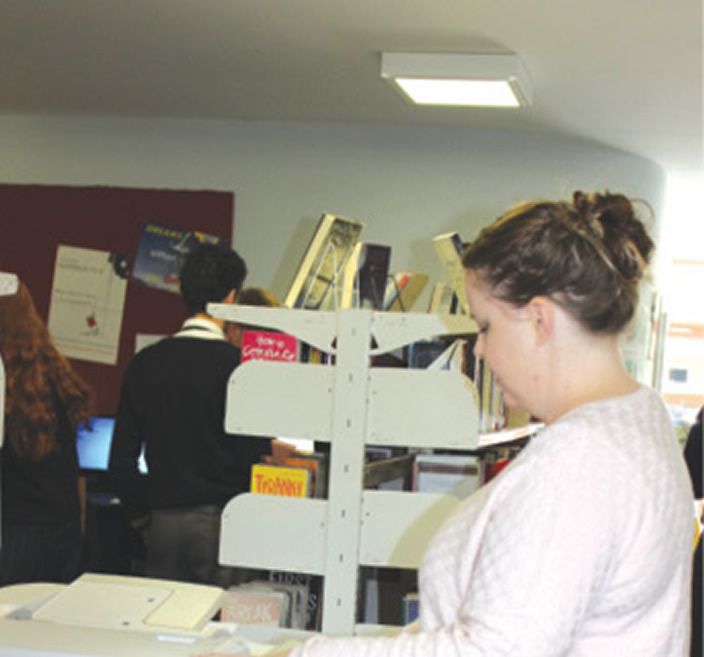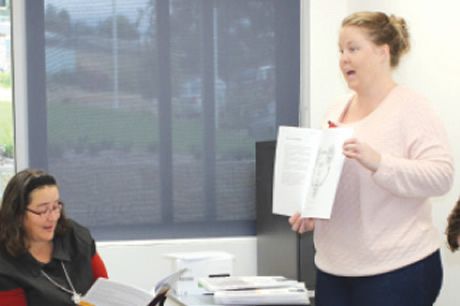Counting down
But in this fortnight you also get an extra/supervision lesson (50 minutes). And there is a Mass on during your double period away from face to face (120 minutes). Your bus arrives back first from Mass and there are no duty teachers there yet, so you step up and cover until they arrive (15 minutes). You volunteered to supervise at Study Club this year once a week (120 minutes). And of course there has been an email about an online compliance module that needs to be completed (60 minutes). You are now down to 940 minutes.
You go on a day’s excursion for CCC Hockey. You miss one prep lesson and have to leave lessons for your classes (80 minutes). There is a lockdown/evacuation practice (30 minutes). A parent calls (20 minutes). You are rostered to set an across form assessment task (60 minutes). A student calls you to the office (20 minutes). A casual teacher is working outside their KLA and needs a bit of assistance clarifying a lesson plan they’ve been left (20 minutes). You agreed to a collaborative meeting with peers to discuss data as part of your required Teacher Identified Professional Development schedule for BOSTES accreditation (60 minutes).
There are 60 minutes of other random interruptions, like people passing your desk to say hello, colleagues checking in with a query about a resource you shared, announcements over the loud-speaker, the internet cuts out for a random diocese wide update. You have to check your emails (200 minutes) 390 minutes.
That is 39 minutes each work day to prepare for four hours of face to face teaching; to mark the work of the 100-150 students you taught that day (23.4-15.6 seconds per child); to analyse the data of that marking and evaluate where to go next with the lesson tomorrow; to differentiate your lessons so that they are inclusive for those with disabilities, learning difficulties, identified as gifted and talented, behavioural problems, varied socioeconomic backgrounds, language backgrounds other than English, Aboriginal and Torres Strait Islander backgrounds, eight different learning styles, and 100 different interests.
Worth a fortune
I know! We could use some of that 136 hours of ‘free’ time! Just this one fortnight; just to ensure that you can meet the requirements of the job. It won’t be like this every fortnight, right? 136 hours = 8160 minutes – that is a fortune!
You do an extra 100 minutes of prep time per teaching day (1000 minutes). You cut back on marking to one task per class, per fortnight. You know that feedback is the most valuable tool for improvement, but you’ll just have to up the verbal, peer, and self-evaluation in class. Six classes of 25 students = 150 students. You spend eight minutes on each piece of work (1200 minutes).
You make some wide scale adjustments to your lessons to make learning more accessible to everyone (240 minutes). You skip the close data analysis and go for anecdotal and intuitive assumptions instead. 5720 minutes.






































































































































